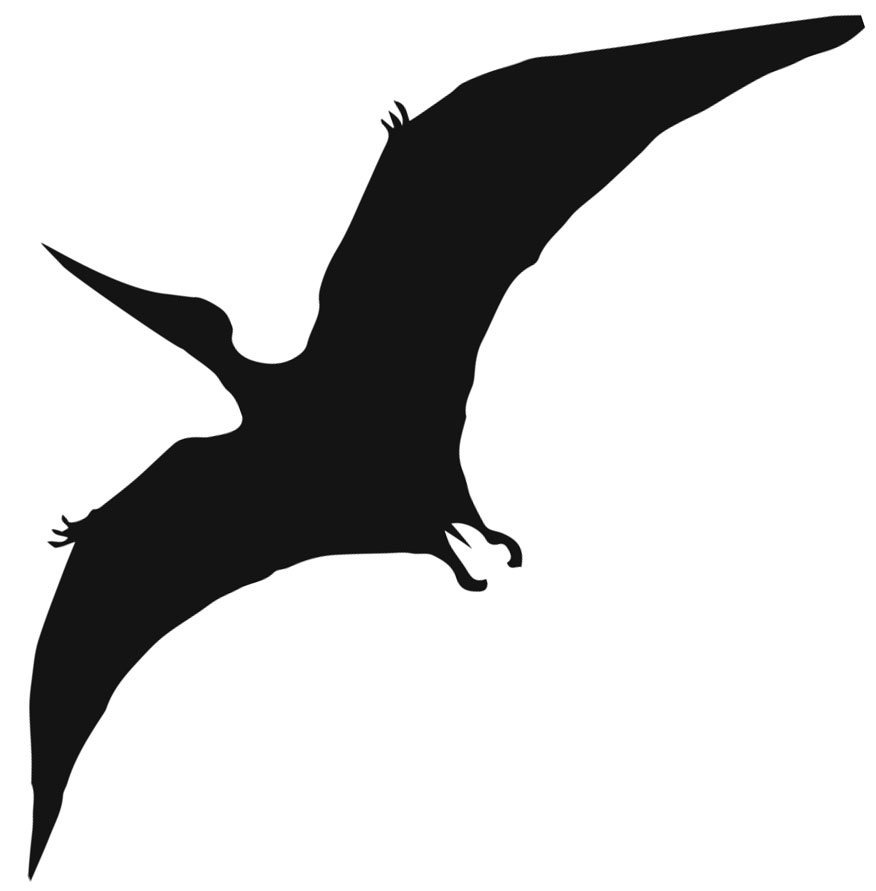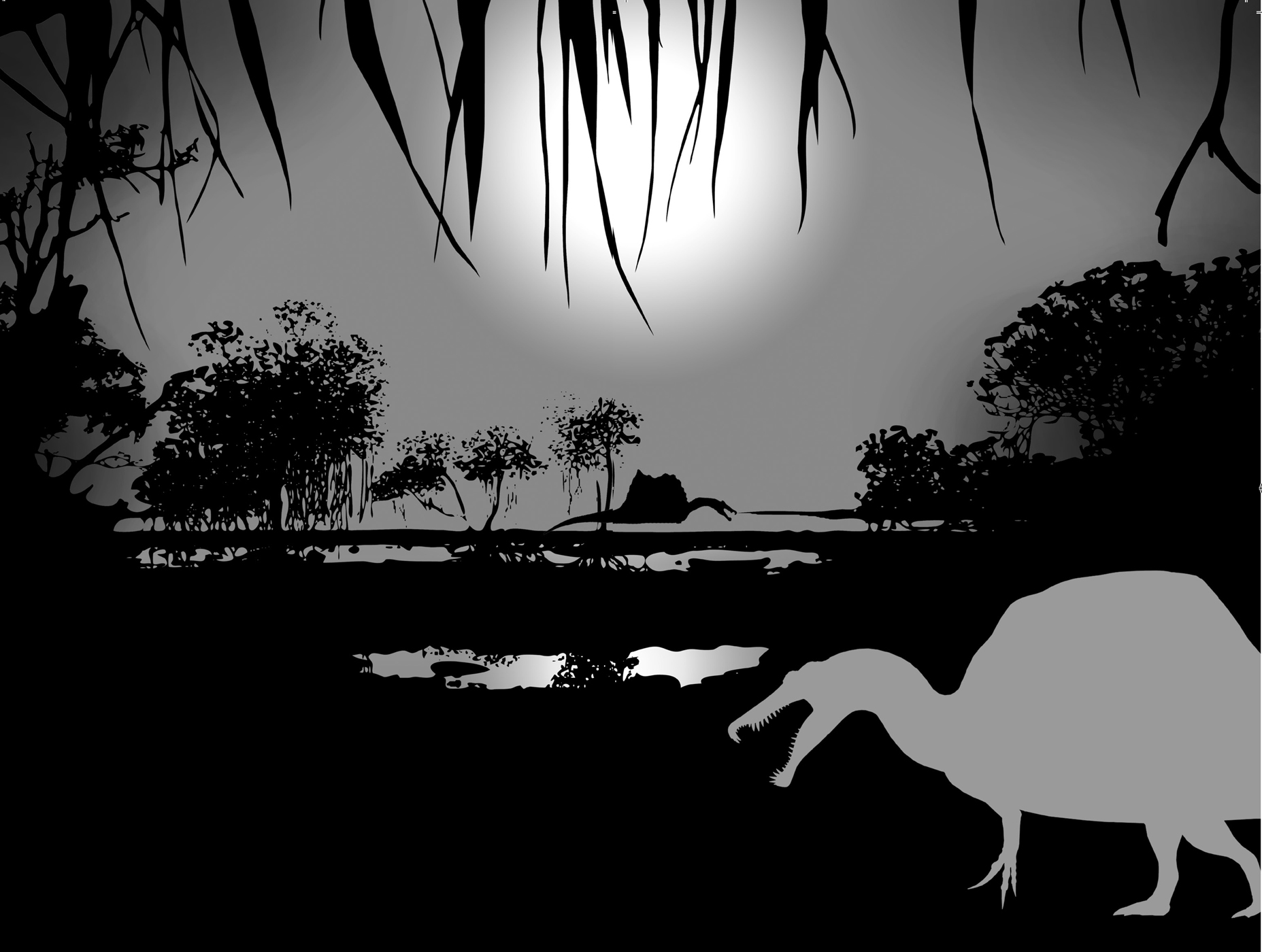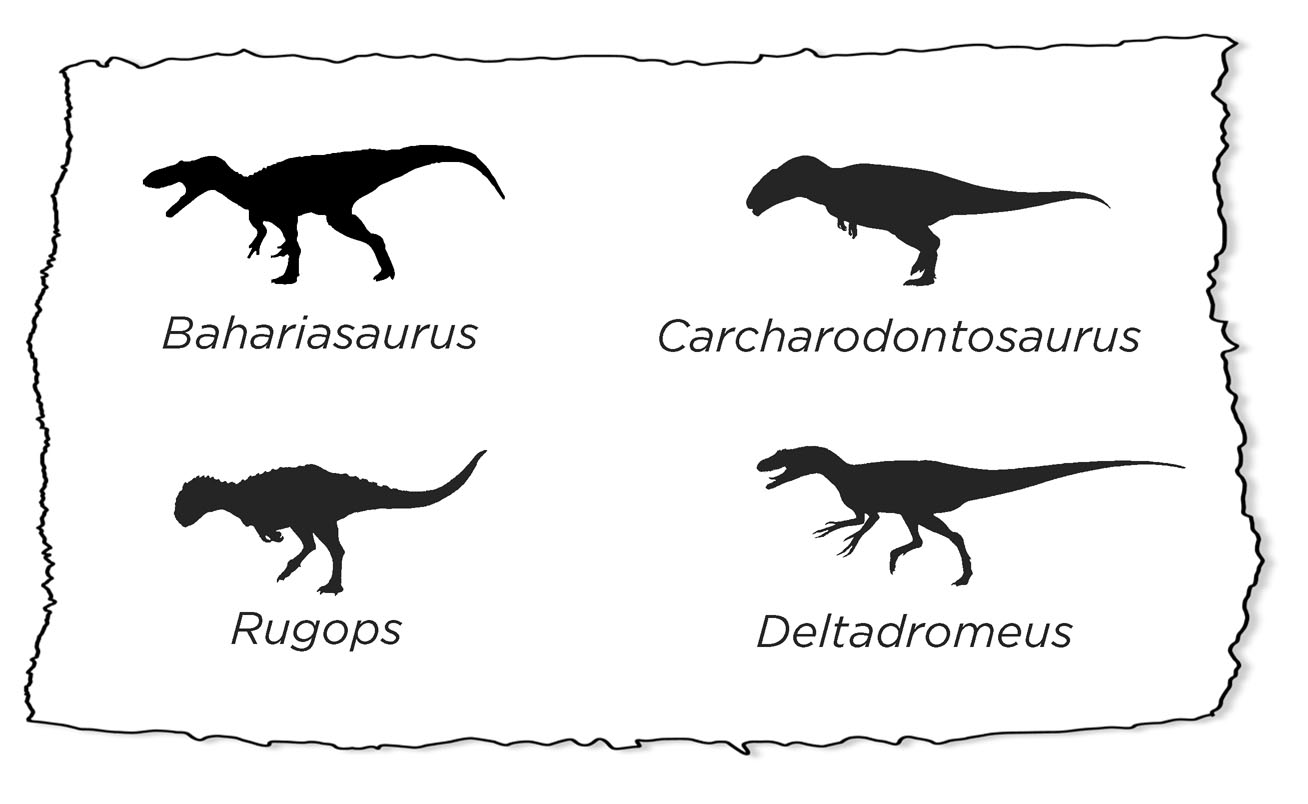
When Spinosaurus was alive (112–93.5 million years ago) during the mid-Cretaceous, some of the most well-known of all the dinosaurs were around. We know lots about different species from across North America, South America, Asia, Europe and even Antarctica. But prehistoric Africa remains a bit of a mystery. We know of a few species but not what life was like for those we do know about. If it wasn’t the biggest, then Spinosaurus was definitely among the biggest predators in the area.
There were other large predators around at the same time but their bodies show us that they ate different things, so would probably not have competed with Spinosaurus for food. As well as crocodiles, fish (including sharks), turtles, lizards and plesiosaurs, some large sauropods were also found in the same area. How many of these animals opposite do you recognise?
The theropods of northern Africa all looked so different (in their bodies and skull shapes) that they would probably have taken up different positions in their ecosystems, meaning they would have eaten different things and hunted in different ways. This would have been a lot like life now on the African savannahs – think about leopards, lions and cheetahs. They are all related but because their bodies are different, their behaviours are different and they hunt in different ways, meaning there is less competition.

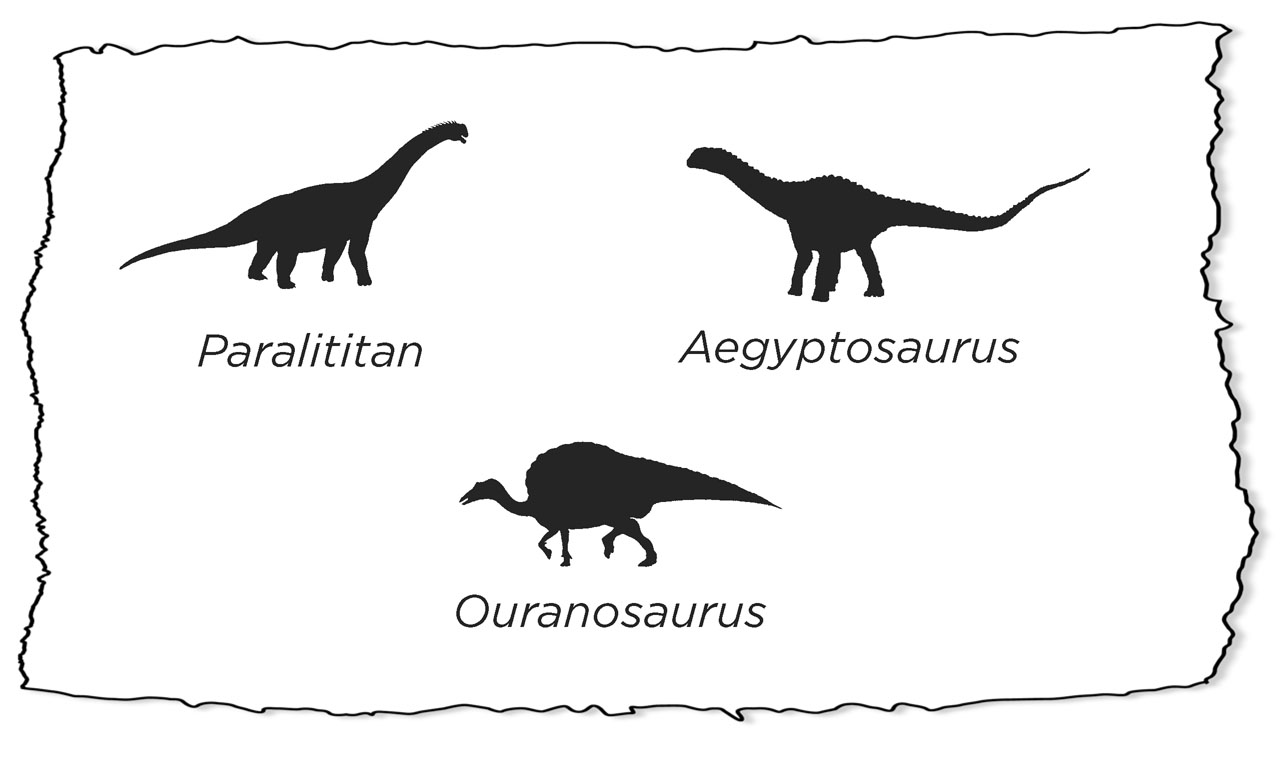
Whereas most dinosaurs lived on dry land, it looks as though Spinosaurus preferred a different type of habitat and lived along the shorelines of estuaries, rivers and maybe on the seashore. It would have been found living in mangrove swamps and forests, hunting among the tall and exposed roots of trees found in areas where the tide washes over them twice a day. These very tough trees can live in water up to one hundred times saltier than most other plants. The swamps are full of fish and other animals and would have provided a brilliant breakfast buffet for a hungry Spinosaurus.
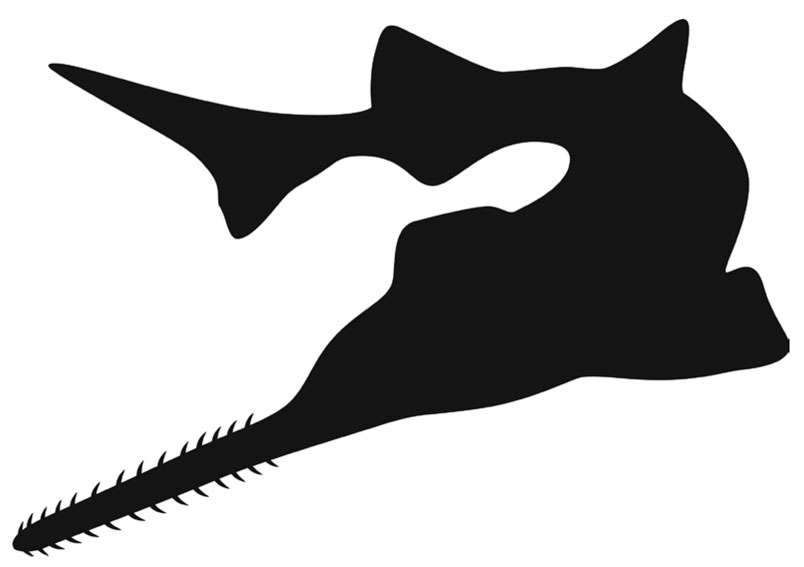
So what did the mighty Spinosaurus eat? We all say it ate fish (it definitely had the right adaptations on its body) but what is the evidence? Well, first there were lots of large fish in the area. Giant sawfish, huge catfish and big lungfish were found in the waters where Spinosaurus hunted. So, the fish were available. Also, there is some fossil evidence. There are signs of fish scales in the fossil of a closely related Baryonyx, showing that some spinosaurs definitely did eat fish.
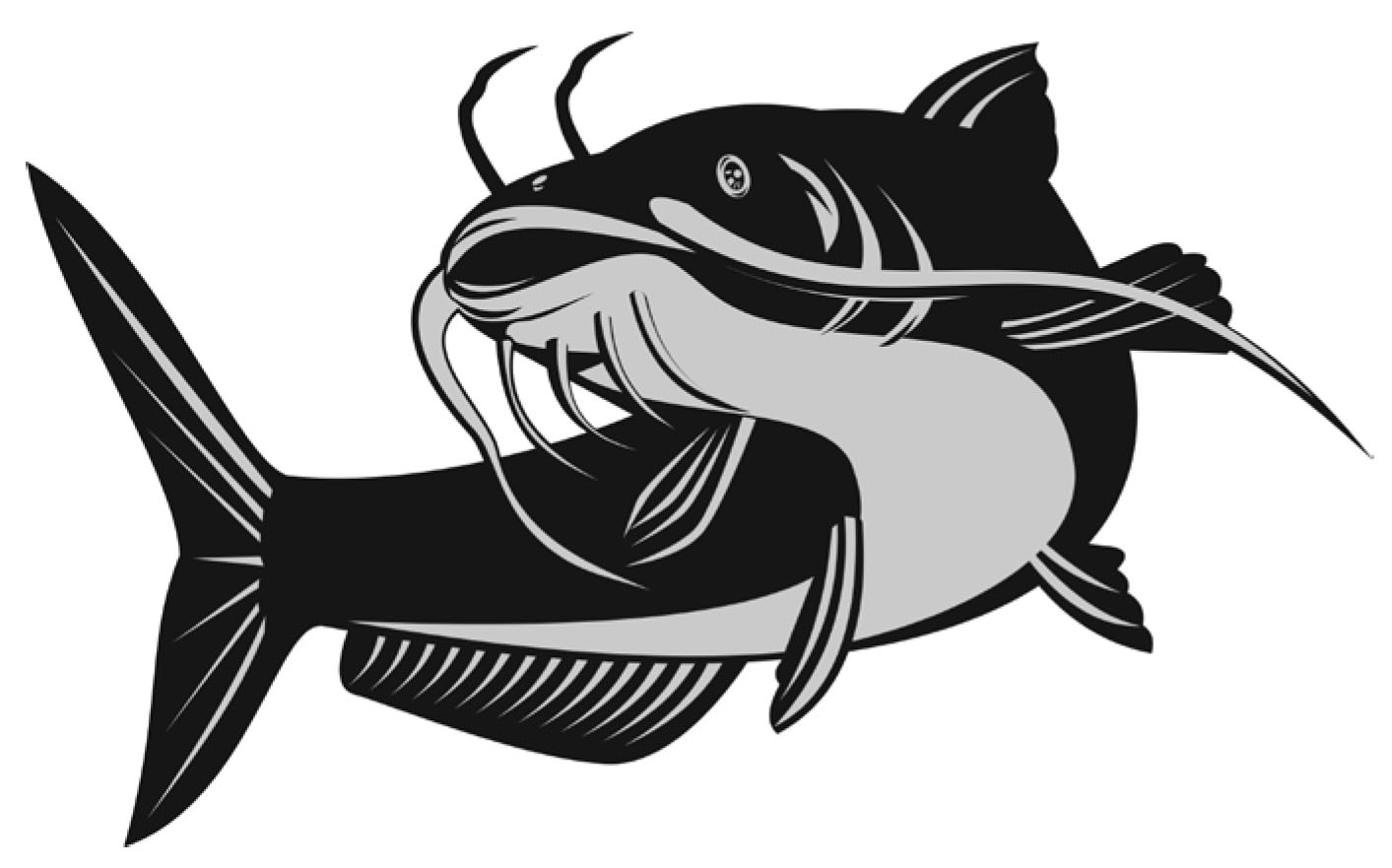

Was that all they ate? Well, it appears not. Baryonyx has also been found to have had the bones of a young Iguanodon in the area where its stomach would have been.
And a pterosaur fossil from South America has been found with a sharp spinosaur tooth stuck into it. This tells us that although the different spinosaurs did eat fish, they also ate other dinosaurs and prehistoric animals. What we don’t know, however, is whether they hunted or scavenged.
